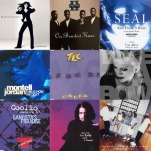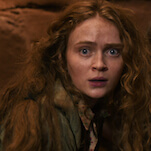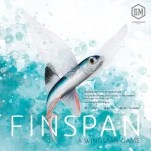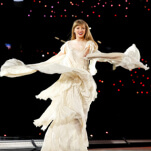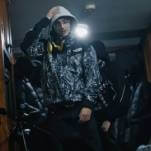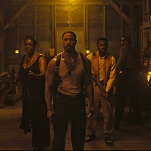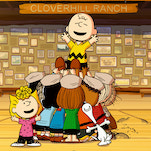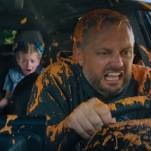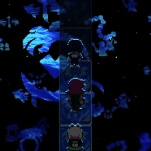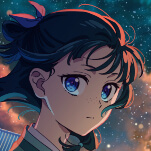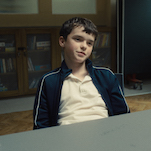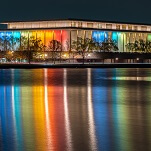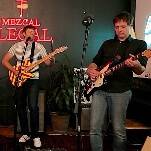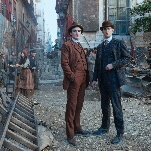After Blue (Dirty Paradise) dresses up a hero's journey in dreamlike imagery
Bertrand Mandico's experimental tale of a woman's post-apocalyptic odyssey uses nostalgic pastiche to create a handmade arthouse adventure
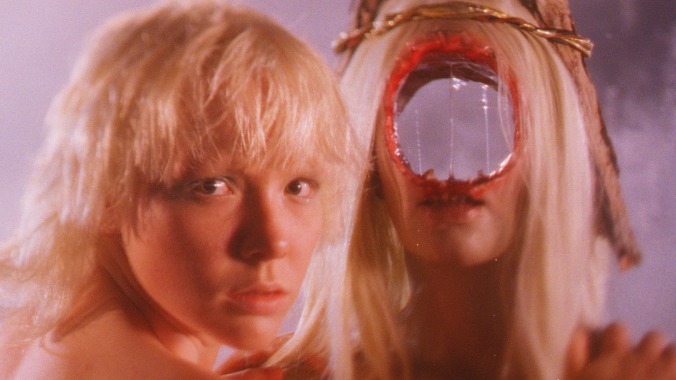
Nostalgic pastiche is a valuable exercise for a filmmaker wishing to recapture the emotion and aesthetic of a bygone period, something writer-director Bertrand Mandico understands well with his science-fiction experiment, After Blue (Dirty Paradise). Deliberately evocative of fantasy and science fiction of the 1970s, After Blue plays like a modern reincarnation of those films that were high on concept but either low on budget or ahead of their time in terms of technological capacity to realistically realize their vision on screen.
This aesthetic choice gives the film license for its own uncanny surrealism and impressive in-camera visual effects to mask its own modest budget, but it also feels an awful lot like that ethos is the sole thing upon with Mandico hinges his entire film, creating an experience that is as singular as it is inscrutable.
Set on the post-Earth colony planet from which the title takes its name, After Blue imagines a world where all men have died out, leaving only those with ovaries able to survive in a wasteland of strange flora and fauna. Roxy (Paula Luna), a young woman shunned by her peers for being strange, unwittingly releases the villainous Kate Bush—no, not that one—in exchange for three wishes. After that first wish is implicitly granted to murder Roxy’s teenage tormenters, Kate Bush (Agata Buzek) escapes, leaving Roxy to face the consequences from the village leaders. Her mother Zora (Elina Löwensohn), the local hairdresser in charge of managing the thick body hair that grows from women’s bodies on After Blue, is subsequently pressed into exile until she and Roxy can kill and claim the bounty on Kate Bush.
Playing something like portions of Suzy McKee Charnas’ Holdfast Chronicles filtered through a neon-saturated reinterpretation of Zardoz, After Blue develops into a bizarre take on the Western story template, with Zora and Roxy trekking across obviously crafted environments in a quest that might be called episodic—if its episodes were at all distinct or coherent. Mandico’s story plays with a lot of overlapping elements that don’t so much feel complementary as scattershot.

